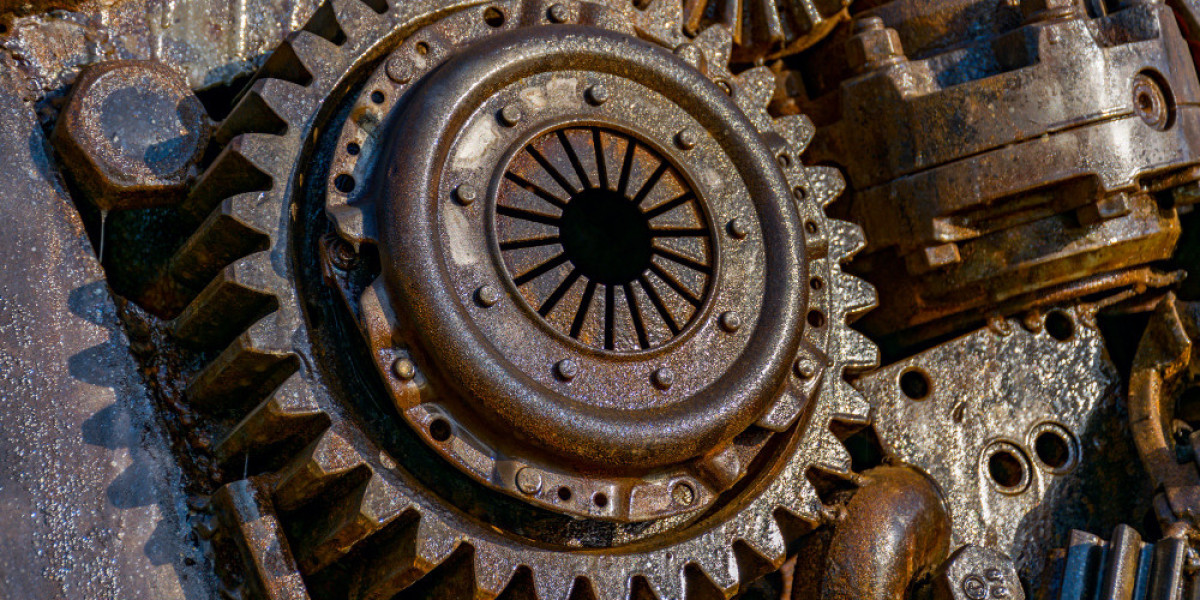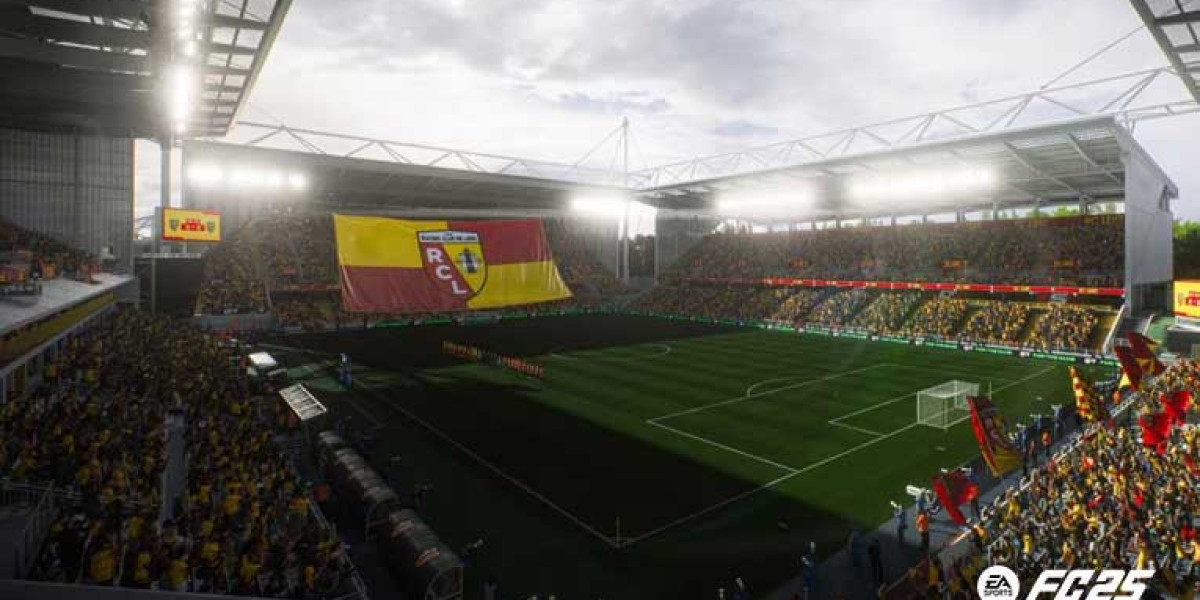Ships are impressive vessels designed to navigate the vast waters of the world. Whether used for cargo, fishing, or leisure, every ship consists of vital components that ensure its operation, safety, and efficiency. Below, we explore the key parts of a ship and their functions.
1. Hull
The hull forms the main body of the ship, acting as the watertight structure that provides buoyancy. It protects the ship from water ingress and ensures that it can float. The design of the hull is essential for the ship’s stability and speed. Ships can have various hull shapes depending on their purpose, such as flat-bottomed for calm waters or deep-V for rough seas.
2. Bow
The bow is the front part of the ship, specifically designed to cut through water, reducing resistance and helping in smooth navigation. The shape of the bow plays a crucial role in determining how a ship moves through the water, with streamlined bows improving speed and efficiency.
3. Stern
The stern is located at the back of the ship. It is where the propulsion systems, like the propeller and rudder, are located. The design of the stern affects the ship's steering and maneuverability, which is crucial during docking and navigating tight spaces.
4. Propeller
The propeller is a rotating blade that propels the ship forward or backward through the water. Powered by the engine, the propeller creates thrust by pushing against the water, allowing the ship to move. The size and type of the propeller can significantly impact the vessel’s speed and fuel efficiency.
5. Rudder
The rudder is a flat piece of metal or wood attached to the stern. It controls the direction of the ship by changing the angle of the water flow around it. When the rudder moves left or right, it alters the course of the ship, allowing the captain to steer accurately.
6. Bridge
The bridge is the command center of the ship, where the captain and officers navigate and control the ship. Equipped with advanced navigation tools like radar, GPS, and communication devices, the bridge provides the crew with the means to ensure the ship’s safe journey across the water.
7. Deck
The deck is the horizontal structure covering the ship’s hull. It serves as the main working or walking area for the crew and passengers. Large ships often have multiple decks, including open decks for passengers and working decks for crew operations like cargo handling or navigation.
8. Mast
A mast is a tall vertical pole or structure that supports a ship's sails, antennas, and other equipment. On modern vessels, masts typically hold radar equipment, lights, and communication devices. In traditional sailboats, masts were crucial for supporting sails and rigging.
9. Keel
The keel is the backbone of the ship, running along the bottom of the hull from the bow to the stern. It provides structural integrity and stability to the vessel, helping to keep it upright in the water. The keel also reduces the ship’s tendency to roll side-to-side in rough seas.
10. Anchor
The anchor is used to moor the ship and keep it stationary in the water. Made from heavy metal, the anchor is dropped to the seabed, where it digs into the sand or mud to hold the ship in place. A strong and reliable anchor is essential for docking or remaining stationary during turbulent weather.
11. Cargo Hold
In cargo ships, the cargo hold is the space where goods are stored during transport. The size and capacity of the cargo hold depend on the type of cargo the ship is designed to carry, such as containers, bulk materials, or refrigerated goods.
12. Funnel
The funnel, also known as the smokestack, is the part of the ship that expels exhaust gases from the engine. It helps in venting the smoke and fumes produced by the ship’s engine, ensuring clean air for the crew and passengers. Modern funnels are often equipped with filters to reduce pollution.
13. Lifeboats
Lifeboats are critical safety components on ships, designed for emergency evacuations. These small boats are stored on the deck and can be deployed quickly in case of danger. Every ship is required to carry lifeboats sufficient to accommodate all passengers and crew members.
14. Ballast Tanks
Ballast tanks are compartments within the ship that can be filled with water to improve stability. By adjusting the amount of water in the ballast tanks, a ship can change its weight distribution and balance, making it more stable in various weather conditions.
Conclusion
The parts of a ship work together to ensure the vessel operates efficiently, safely, and effectively. Understanding these components helps us appreciate the complexity of modern maritime engineering. From the hull that keeps the ship afloat to the propeller that drives it forward, each part plays a vital role in making a ship a reliable and essential tool for global transportation and exploration.








